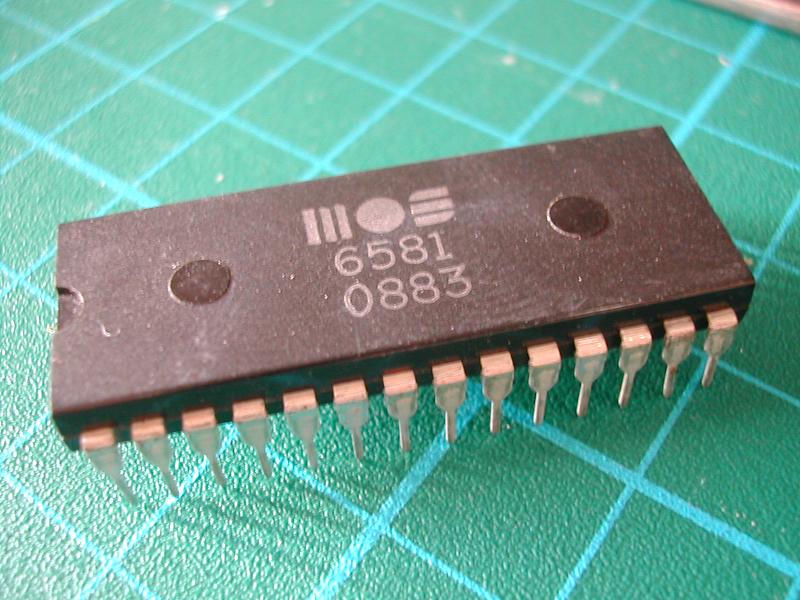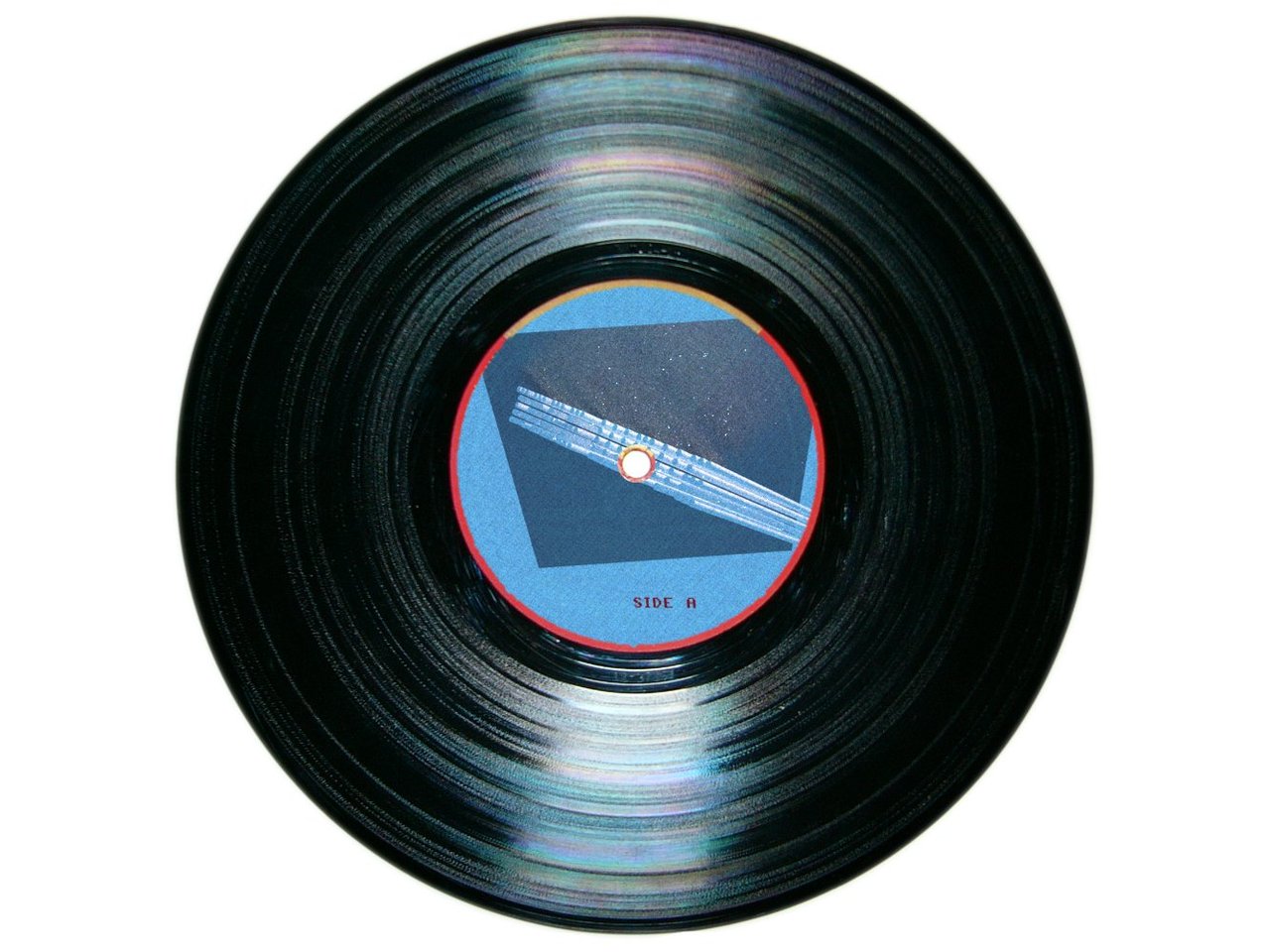[Video no longer available]
Metallica singer James Hetfield commissioned playfield artist Wade Krause and game developer Tanio Klyce to create a custom Metallica pinball table, and they did just that. Excellent.
For the hardware they sanded down and repurposed an old Earthshaker table (it has a rumble effect gimmick built in, which sort of makes sense for a heavy metal themed game), and created custom music and sound programming using a Gumstix and Arduino Mega microcontroller to keep watch on the original Williams System 11 CPU’s signals. Double excellent.
(Via ArsTechnica)


